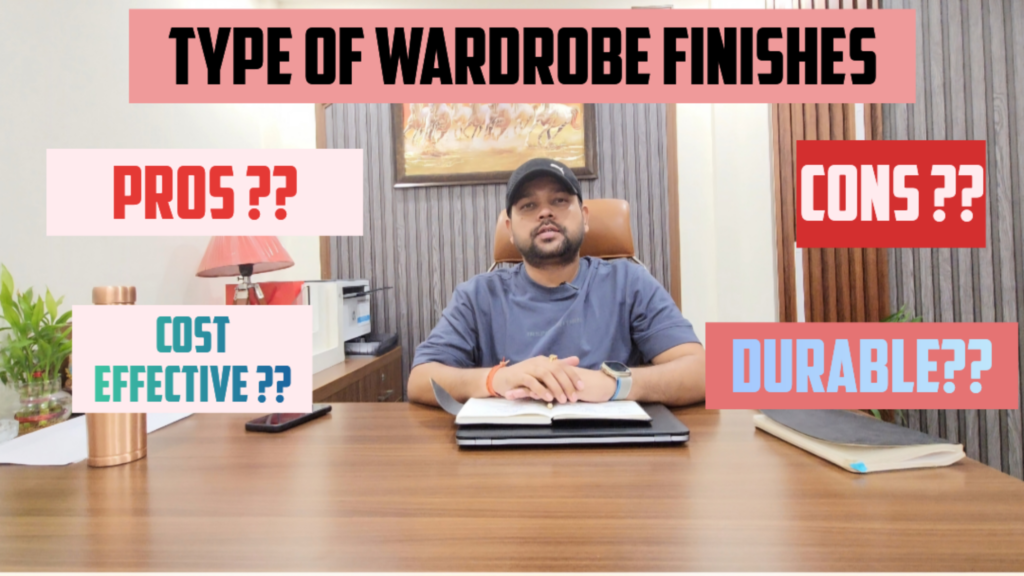“Acrylic, Veneer, and More: Types of Wardrobe Finishes Explained”
Types of Wardrobe Finishes: The Ultimate Guide When it comes to designing your home, the wardrobe is often a focal point in any bedroom. Not only does it need to be functional, providing ample storage space, but it also needs to match the overall aesthetic of your room. One of the most important aspects of […]
“Acrylic, Veneer, and More: Types of Wardrobe Finishes Explained” Read More »


